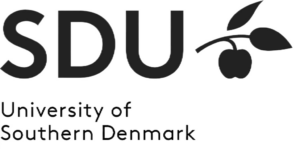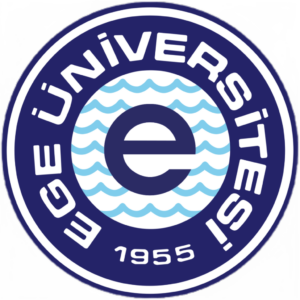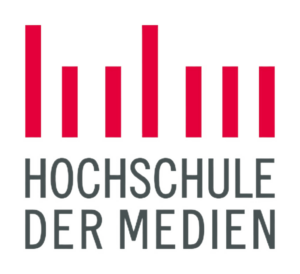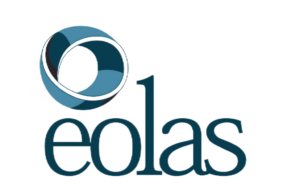Behind TICON
What is TICON about?
In recent years, the HE engineering curricula has evolved from providing purely technical knowledge to providing training in management competences and innovation skills. Such changes are a response to engineering trends demanding increased competencies in visionary problem-solving such as responsible production and sustainability.
Moreover, emerging technologies such as artificial intelligence, machine learning, and robotics threaten engineering jobs as many traditional labour intensive tasks can now be automated. However, creativity was recently identified as a cornerstone skill of future engineers because it cannot be replaced by technology. Hence, HE engineering teachers must now focus on teaching creativity to engineering students.
At the same time, we witness increased use of technology in the classroom. This development was amplified by the recent COVID-19 pandemic, when HEIs were forced to move learning online due to nationwide shutdowns, resulting in a massive shift towards hybrid and online learning settings. These new ways of teaching are assumed to remain. Thus, the awareness, knowledge, readiness and capacity of HE teachers in using digital learning materials and distance learning techniques in general has increased dramatically.
However, literature on creativity in engineering shows that creativity relies on personal connections with others, and on teaching settings that enable face-to-face experiences. This constitutes a challenge to teaching engineering and related creativity topics online. In addition, systematic approaches to guide engineering teachers in incorporating creativity methods into online teaching settings are still missing. Moreover, student anxiety and discomfort increase in online spaces, thereby inhibiting the willingness to participate in creative tasks that require the presentation of ideas outside of the normal thinking paths.
Together, this creates a serious barrier for providing HE engineering students with the creativity skills needed for their future jobs.
The main objective of TICON is to identify and overcome the barriers in engineering HE for using creativity methods in online teaching, and to upskill the teachers in terms of digital teaching with appropriate pedagogical approaches. Being able to use creativity methods in online teaching brings opportunities for students, and these may be defined as the secondary objectives of TICON. The learning environment will also enables disadvantaged and vulnerable students to join the courses. Furthermore students from different regions and countries may participate and work on projects.
Our Mission
“TICON provides Higher Education Engineering institutions and their teachers with the knowledge and skills to address the challenges of using creativity methods and tools for teaching in online (or hybrid) settings, ensuring the quality of teaching and the quality of the student’s learning processes.”
Our Values
The TICON project vision builds upon the following set of values
Excellence
TICON aims to enable HE engineering teachers to acquire excellence in using creativity methods in online teaching their engineering subjects and related creativity themes and techniques.
Tailor made
TICON provides evidence and research based materials developed specifically for HE engineering teachers to use creativity methods in online teaching for engineering and creativity.
Custom fit
TICON allows HE engineering to pick and choose from a wide range of useful, innovative and practical materials and tools.
Alive and kicking
Generate a sense of ownership among HE engineering teachers and engage them be part of the TICON community.
Who is behind TICON?
The partners behind the project have significant knowledge of the challenges and problems related to creativity, innovative approaches and online teaching and learning. They also have experience with the use of creativity methods and techniques in Engineering curricula and, digitization of classroom settings as well as distance learning techniques.
University of Southern Denmark, Denmark
The University of Southern Denmark is the 3rd largest university in Denmark. It has five faculties with 31,000 students – 20% of whom are international – and 3,400 employees distributed across five regional campuses. The Department of Marketing & Management (IMM) is a department under the Faculty of Business and Social Science. It’s Centre for Integrative Innovation Management is bridging two faculties: Social Sciences and Engineering. The Centre adopts a cross-disciplinary approach because understanding and promotion of innovation from the initial idea to commercialization requires the combination of engineering, management and marketing.
EGE Üniversitesi, Turkey
Ege University is a 65-year-old state university that acts as a focal point for education, research, cultural and social activities in the city of Izmir and the Aegean region. Being a university with an international perspective, the educational system of Ege University is based on the principle of creative teaching and participatory learning. Ege University is a research based, teaching oriented institution, training students up to Doctorate level. In total, 70,000 students are enrolled at Ege University and the number of the academic staff is approximately 3,000.
Hochschule der Medien, Germany
Hochschule der Medien (HdM) in Stuttgart is a public higher education institution (funded by the state of Baden-Württemberg) that trains media specialists for companies, organizations and institutions. It covers a broad spectrum of media expertise; for example from printed media to electronic media or from library science to advertising. About 30 accredited Bachelor’s and Master’s degree programs mirror this diversity. At the moment, more than 5000 students are registered at the university. As a University of Applied Sciences, HdM has a special focus in academic training with strong connections to reg. and nat. businesses.
University of Galway, Ireland
Ranked in the top 250 Universities globally (the QS and the Times Higher World University Ranking 2017), University of Galway is a research-led University employing in excess of 2,000 staff with a 17,000 strong student population. University of Galway places a strong focus on providing a supportive and exciting environment for its researchers and in 2013 was awarded the “HR Excellence in Research” logo by the European Commission in recognition of its commitment in implementing the principles of European Charter & Code for Researchers. University of Galway is committed to providing research and academic support to facilitate optimum research performance, thereby supporting professional development and career advancement.
EOLAS S.L., Spain
EOLAS S.L. offers services and support to enterprises, organizations and entities in 3 main areas, for a wide range of demands and needs from support for projects, business development and consulting to innovation. EOLAS S.L. is founded by a team of professionals with more than 20 years of experience in idea generation, identification of financing schemes, proposal preparation, partner search and management of international, European, national and regional projects. It combines the knowledge and experience of in the field of economics, innovation and enterprise organization with engineering, allowing the company to integrate both the technical coordination as well as the economic aspects of project management.




